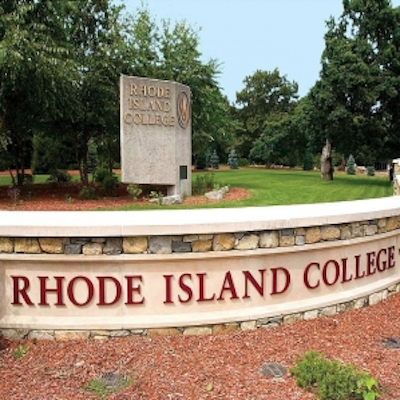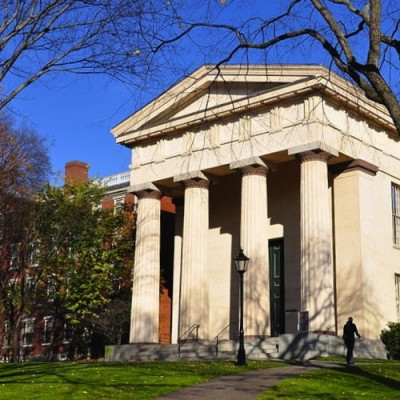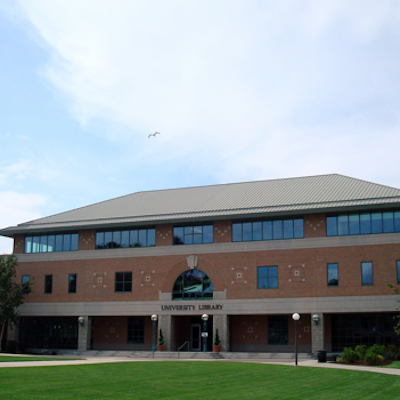Russell Moore: Obama’s Irrational College Plan
Monday, January 26, 2015
The most memorable moment from President Obama’s State of the Union Address last week was the jocular moment where he reminded Republicans that he won't be running for office again because he’s already won both of his Presidential elections. How cute!
But the most intriguing aspect of the speech from a policy standpoint (in other words, the part that might actually impact people’s lives) was the release of his plan to remove the tax break from so-called 529 College Savings Plans in order to fund an expansion of the American Opportunity Tax Credit. The rationale behind the plan is "make college more affordable and accessible for lower-income Americans at the expense of their wealthier counterparts". The problem with this idealistic plan is that it simply won’t work.
How 529s work
GET THE LATEST BREAKING NEWS HERE -- SIGN UP FOR GOLOCAL FREE DAILY EBLASTHere’s why. The way a 529 College Savings account works is families or individuals can put away after-tax money into an investment account which is then withdrawn, the investment revenue included, tax free assuming the money will be used for college.
The American Opportunity Credit is a $2,500 tax break for middle class and low-income families currently paying for college. Under Obama's proposal during the State of the Union, the 529 savings plans would become taxable (rendering them relatively useless as the tax break on the investment income is the real draw to it), to increase the scope of the American Opportunity Credit.
The President's logic is that the 529 College Savings accounts are, in most cases, used by more wealthy Americans who come from families that earn more than $100,000 per year, and therefore are less in need of financial assistance.
An illogical plan
Here's what President Obama is not considering: once the 529 Savings Plans become taxable, they will become obsolete. The wealthy taxpayers that Obama is targeting will simply just move their savings into some other kind of investment vehicle to protect it against taxation and then use it to fund their child's college education.
That means almost none of the money that President Obama expects to use from those taxes to fund the American Opportunity Tax Credit will be realized, and therefore that plan will not be feasible.
(On a related note, the College Savings Foundation, which studies and tracks the issue of college affordability, disagrees with the President’s premise that wealth families are the only folks who take advantage of 529’s, arguing that many middle class American families that have prudently taken advantage of the accounts. To effectively shut down 529s, would create an even greater reliance on student loan debt, according to the foundation. That seems like the exact opposite of what we should be doing.)
A more reasonable approach
Meanwhile, Rhode Island State Representative Christopher Blazejewski (D-Providence) has proposed a more logical and useful plan to help people struggling with paying for college. Blazejewski's plan, which was also introduced by State Senator Ryan Pearson (Lincoln, Cumberland) would give Rhode Island college graduates who choose to stay and work in Rhode Island tax credits up to $5,000 for people with bachelors degrees, matched on a dollar per dollar basis for money paid to their student loans. Students would be able to realize those tax credits for up to 10 years after graduating college.
That would do a world of good for recent college graduates as it would alleviate some of the crushing burden of the cost of college. There would also be a significant positive economic impact as it would give young Rhode Islanders more economic purchasing power, which would be good for Rhode Island businesses.
Prevent the "brain drain"
This is a plan that Governor Gina Raimondo and the legislative leaders should strongly consider getting behind as it would immensely benefit young Rhode Islanders and prevent much of the "brain drain" the state has seen. For far too long, the state's most talented youngsters have sought economic refuge elsewhere. This would be incentivize them against doing so.
In the same respect, if President Obama is serious about helping Americans deal with the crushing cost of obtaining a college degree, he should propose this plan on the federal level. The same plan could be expanded on a federal level. Currently, student loan payers can deduct up to 2,500 on their taxes if they make under $75,000 per year. Instead, the President intends to do the opposite and eliminate the deduction. What we should do is increase the cap and make it a dollar for dollar tax deduction up to $4,000 per year.
It certainly make more sense than his other plan, which only incentivizes people against saving for college and really makes little sense on any level.
Russell Moore has worked on both sides of the desk in Rhode Island media, on political campaigns and for newspapers. Follow him on twitter @[email protected] Send him email at [email protected]
Related Slideshow: RI 4 Year Colleges & Universities with the Highest Student Debt
Seven in 10 college seniors (71%) who graduated last year had student loan debt, with an average of $29,400 per borrower, according to a new report released by the Institute for College Access and Success. According to the Institute’s Project on Student Debt, Rhode Island has the fifth highest student debt in the country, but what about the state's individual institutions? Check out the slides below to see the average debt graduates accrued at Rhode Island colleges and universities.
Note: All data is based on four-year or above institutions for students graduating in the 2011-2012 academic year. Johnson and Wales University and the Rhode Island School of Design are not included in the data below, because they did not report the average debt of their graduates.



















